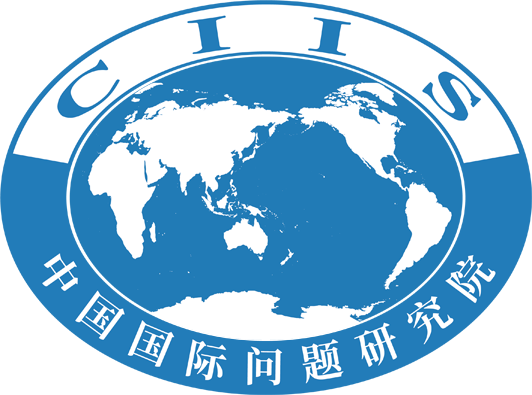A Report on US Response to COVID-19 and its Blame Game (July 21, 2020)
CONTENTS
A Botched Response
Missed warnings
Missteps and lost opportunities
Ignoring the science
Reduced preparedness
Politics v.s. public health
A Senseless Blame Game
A timeline of Chinese transparency and response
Rising animosity
A Way Out and Forward
Appendix
As of Monday, July 20, the US case tally for coronavirus that causes COVID-19 topped 3.81 million, with over 140,000 deaths, the highest case toll in the world, according to data aggregated by Johns Hopkins University. Noting that the United States reported its first confirmed case on January 21, people in the US and around the world have been stunned by the surging cases which approached one million within 14 weeks, then surpassed the two million mark in 6 weeks and now hit the third million milestone in just four weeks, still showing no signs of ebbing. They can't help but wonder what's happened in the US and why.
A Botched Response
There is a general belief in the international community and among most Americans that the US federal government botched its initial response to the coronavirus outbreak.
President Donald Trump signed a national emergency declaration over the coronavirus pandemic on March 13, 70 days after the US government was officially notified of COVID-19 by China and the World Health Organization (WHO), and 50 days after the Chinese city of Wuhan with 11 million residents went into lockdown due to the outbreak of COVID-19.
During the span of these days, what was the US federal government doing to stem the spread of the virus? Were these days lost opportunities which should have been seized to better prepare for and respond to the outbreak?
Missed warnings
"What a problem. Came out of nowhere." That's how President Trump described the coronavirus pandemic in early March, during a televised visit to the Centers for Disease Control and Prevention (CDC) of the US It is a big problem, indeed. But it did not come "out of nowhere".
Numerous news reports of interviews with current and former US officials, internal emails, memorandums and other recently unearthed evidence from Washington indicate that the White House was being warned of a coming pandemic and its possible consequences. Throughout January, as the White House repeatedly played down the seriousness of the virus and focused on other issues, an array of figures inside the government, from top White House advisers to experts deep in the cabinet departments and intelligence agencies, identified the threat, sounded alarms and made clear the need for aggressive action, according to the New York Times.
For weeks, however, repeated warnings went unheeded and the White House had been giving Americans the same "be happy, don't worry" advice: "We have it totally under control", and "USA in great shape!"
Missteps and lost opportunities
In addition to these missed early warnings, other major missteps and lost opportunities at the federal level have also contributed to the surging cases, especially stalled testing issues.
Coronavirus testing, early treatment, contact tracing, isolation, mask wearing, social distancing, travel restrictions, shelter-in-place, and lockdowns are all blunt but crucial steps and instruments in fighting a pandemic. Testing is a key link in the chain of necessary measures of response. As Dr. Bruce Aylward, a senior adviser at the World Health Organization said, testing was "absolutely vital" for understanding how to defeat a disease. He said at the WHO media briefing on COVID-19 on March 16 that "we have a simple message for all countries: test, test, test."
The White House assembled a task force that "coordinates and oversees the Administration's efforts to monitor, prevent, contain, and mitigate the spread" of COVID-19. But early on the members of the coronavirus task force typically devoted only five or 10 minutes, often at the end of contentious meetings, to talk about testing, several participants recalled, according to the New York Times interviews. The CDC insisted upon devising its own test for COVID-19, and came out with a flawed test that didn't work as expected, then took weeks to figure out a fix. Hence a lost month for the US.
Another problem hampered timely and extensive testing. On many occasions, testing was delayed for a long time because the patient didn't fit restrictive federal criteria, which limited tests only to symptomatic patients who recently traveled to China. The restrictive testing guidelines helped mask the numbers contracting the coronavirus in the US.
If you don't run tests, then you won't have a clear picture of confirmed cases and how the virus spreads. Armed with such an under-reported case number, the Trump administration could boast of keeping the spread under control, but missed its best chance of containing the virus's spread. Had the US been able to track the virus's earliest reach and identify hidden hot spots of community transmission, local quarantines might have been able to confine the disease, according to reports in the New York Times.
The federal government's failure to respond to the coronavirus pandemic has been apparent in its bungled messaging downplaying the crisis, in its inability to send out millions of much needed test kits and protective medical gear for health care workers, and its lack of will to seek national solidarity and international collaboration on fighting COVID-19.
There are some root causes for the negligence, inaction and loopholes in dealing with the pandemic.
…
Please click here for the whole report.
The author is a senior research fellow at China Institute of International Studies.
Source: China Daily, September 24, 2020.
https://www.chinadaily.com.cn/a/202009/24/WS5f6bfaaba31024ad0ba7b708_1.html



